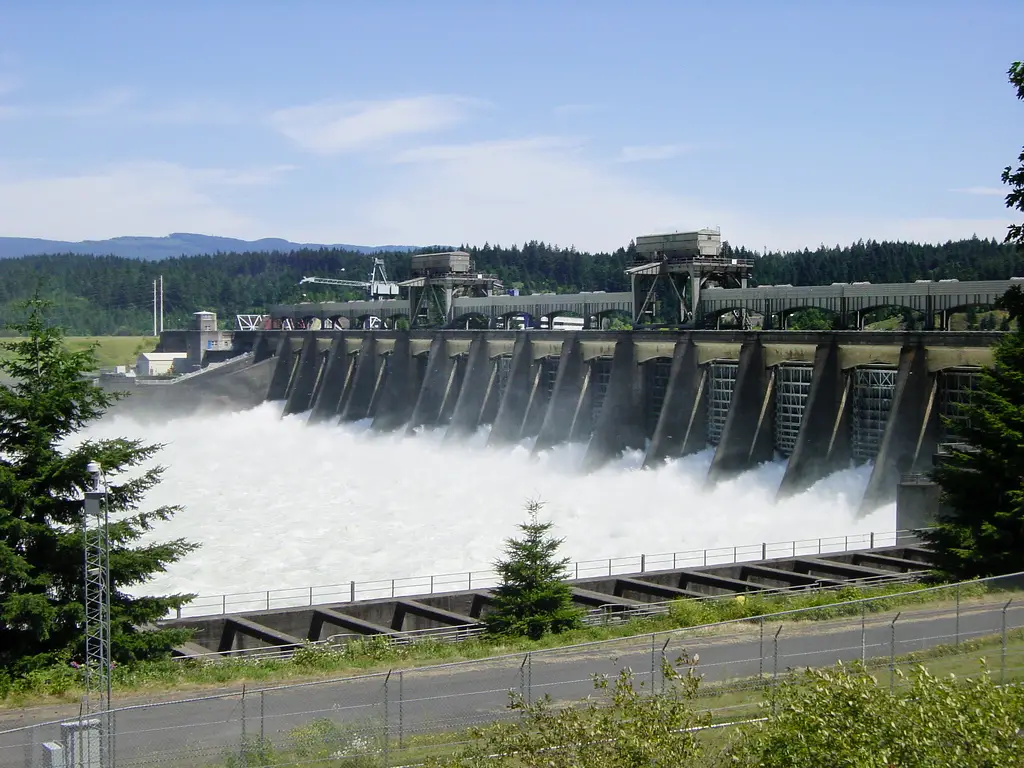Plans are underway by the Nigerian Federal Government and other stakeholders to generate additional 14,000mw of hydropower.
The Energy Commission of Nigeria (ECN) and Transmission Company of Nigeria (TCN) disclosed in separate reports that Nigeria has the capacity to generate 14,000mw of power from hydro.
Investigations showed that this comprises of large, medium and small scheme hydropower across the country.
Nigeria has great hydropower potential based on current feasibility studies. Consequently, six new projects have been put up in Taraba, Kaduna, Kwara, Niger and Kano. They are set for completion in the next two or three years.
These include the 40MW Kashimbila Hydropower Plant in Taraba State scheduled to commence at the end of 2017 and 3, 050MW Mambilla Hydropower Project, expected to cost US $6b in Taraba State.
There is also the 700MW Zungeru Hydropower Plant, Kaduna State and Jebba Hydropower Plant in Kwara State. Additionally, the Kainji Hydropower plant reconstruction in Niger State as well as Tiga and Challawa IPP in Kano State.
Currently, the nation generates a bulk of its electricity from thermal plants. These include Egbin, Aba power plant, Afam power plant, Olaoji power plant, Calabar power plant, and Omotosho power plant among others.
According to Mr. Ade Yesufu, Future Energy Nigeria Director, the nation needs to make substantial investment in the sector.
He said that the nation’s power sector knows best what to do; stand together and make it happen. He further added that Nigeria is planning significant improvement towards achieving structural economic change with a more diversified and inclusive economy.
However, the Executive Director of the Association of Nigerian Electricity Distributors, ANED, Barr. Sunday Oduntan, has identified liquidity, huge debt, vandalism and others as the problems of the sector.
Challenges
There are some challenges that many stakeholders need to deal with, especially the Federal Government. These include, lack of liquidity that hampers our operations. Another challenge is energy theft which culminates in leakages and losses.
The vandalism of facilities is also a serious problem that leads to huge deficit. This liquidity crisis is a major threat to the power sector. The revenue shortfalls adversely affect the ability of the DISCOs to make capital investments in metering, network expansion, equipment rehabilitation and replacement that are critical for service delivery.”
The Minister of Power; Works and Housing, Babatunde Fashola attributed it to lack of sufficient investments in the power sector.
According to Fashola, although the country has expended what may appear sizeable, the money so far spent was inadequate to address the current challenges.
Fashola also noted that in spite of the already installed 12,000MW power capacity, the country is only enjoying about 6,000MW. This is because of sabotage resulting from broken gas pipelines, poor planning of gas supply and evacuation.
